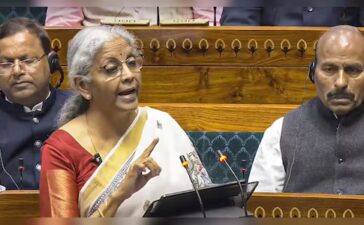The Kunming-Montreal Global Biodiversity Framework (GBF) provided clear marching orders to align financial flows with the aim of halting and reversing nature loss. Since it was adopted at CBD COP15, various actors within the financial system—governments, central banks, private and public institutions—have further incorporated nature and biodiversity into financial decision-making, including nature-related risk assessment and sustainable investment strategies. This briefing note provides a summary of how the financial system has responded to the GBF over the past two years, following the High-level roadmap: Aligning financial flows with the Kunming-Montreal Global Biodiversity Framework.
In many cases, actions on nature support the delivery of the Paris Climate Agreement. As most parts of the financial sector are taking action on climate, the briefing note also signposts to lessons from and alignment with the climate transition journey for finance. Still, more efficiencies between these realms are possible. Going into COP16, many financial institutions are calling for stronger policy signals to further mobilize private finance for net-zero and nature-positive transition, and bring our economies into a safe and just operating space. They are asking for clear guidance on measuring and disclosing nature-related risks, impacts, and financial flows to avoid greenwashing and ensure meaningful biodiversity outcomes. With public mandates, Public Development Banks (PDBs), especially the Multilateral Development Banks (MDBs), are particularly active in promoting biodiversity through investments, policy integration, and financial innovations, but challenges remain, including the need for standardised frameworks and enhanced collaboration between public and private sectors.
The financial sector’s ability to fulfil its potential in supporting the delivery of the GBF will depend on the continued development of regulatory and fiscal policies, integrated nature and climate actions, and a robust framework to monitor biodiversity-related financial flows and impacts. Over the next two years leading up to COP17, the D3 indicator reporting should be piloted with a mechanism for establishing clear links to countries’ NBSAP priorities.

















